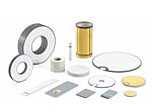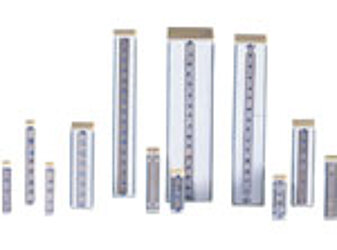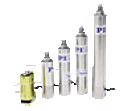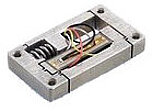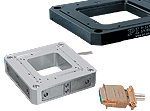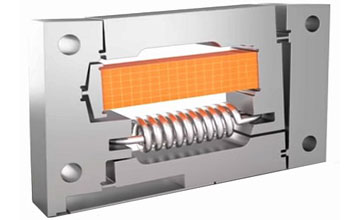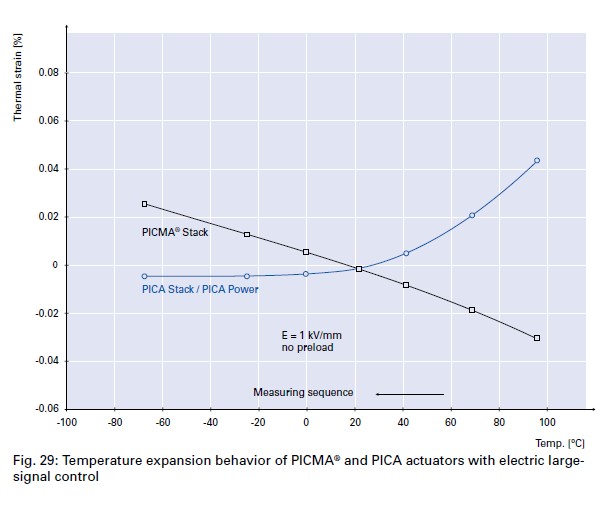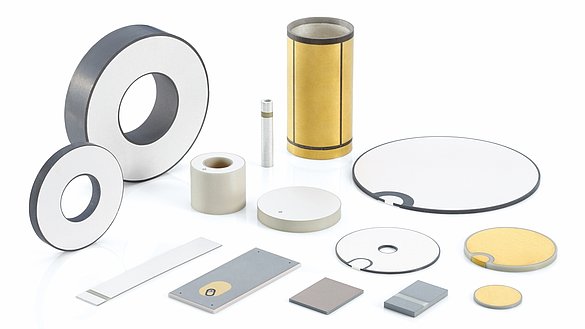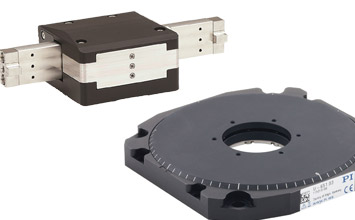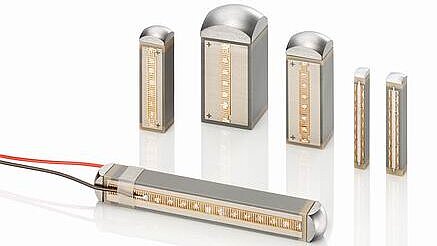Temperature Effects
Two effects must be considered:
a) Linear Thermal Expansion
Thermal stability of Piezo ceramics is better than most other materials (steel, aluminum etc.). It is characterized by the coefficient of thermal expansion (CTE, a) which specifies relative change in length DL/L per unit change in temperature.
Some Hard PZT ceramics : a » 11 * 10-6/K
Some Soft PZT ceramics: a » -3.5 * 10-6/K
The CTEs change with temperature, the values given above are valid for room temperature.
b) Temperature Dependency of the Piezo Effect
Piezo translators work in a wide temperature range. Since the piezo effect is based on electric fields it functions down to zero degrees Kelvin. For several reasons the magnitude of the piezoelectric effect (piezo gain) is dependent on the temperature; however around room temperature it is very stable. At cryogenic temperatures it reaches approximately 20 to 30% of its room temperature value.
Piezo ceramics must be poled to exhibit the piezo effect. During polarization the ceramic is heated (to allow alignment of the dipoles) and an electric field is applied. Conversely, a poled Piezo will depole when heated above the maximum allowed operating temperature. PI HVPZTs have a Curie temperature of 300°C and can be operated up to a max temperature of 150°C and some cases to 200°C (with high temperature option). In contrast to most LVPZTs that show a Curie temperature of 150° C and can be operated up to 80°C, PI PICMA LVPZT Piezo Actuators can be operated up to 150°C. See "Options" at the end of "Piezo Actuators" section for temperature range modifications.
Closed loop piezo positioning systems are less sensitive to temperature changes than open loop systems. Optimum accuracy is achieved if the operating temperature is identical to the temperature during calibration (22° C). See calibration test sheet for details.
Environmental Considerations
Application of PZTs in Normal Atmosphere The insulation materials used in standard piezo actuators are sensitive to humidity. These PZTs are not recommended in environments with high relative humidity (more than 75%). For higher humidity environments PI offers special systems with hermetically sealed stacks, or integrated dry air flushing mechanisms.
Application of PZTs in Inert Gas Atmosphere
Piezo actuators can be damaged if operated at maximum drive voltage in a helium or argon atmosphere. Low Voltage actuators are recommended for these conditions. To reduce the risk of dielectric breakdown, the PZTs should be operated at minimum possible voltage (HVPZTs: ‹ 300 V, LVPZTs: ‹ 80 V). Semibipolar operation helps to further reduce the electrical field strength while yielding reasonable displacement.
Vacuum Application of PZTs
When piezo actuators are used in a vacuum, two factors must be considered:
1) dielectric stability
2) outgassing
The dielectric strength of a gas is a function of pressure. Air displays a high insulation capability at atmospheric pressure and below 10-2 Torr. However, in the range from 10 to 0.01 Torr (corona area) insulation properties are degraded. PZTs should not be operated in this range because an electric breakdown may occur.
All PI piezo actuators can be operated at pressures below 0.01 Torr. Outgassing (of the insulation materials) may limit their use in applications where contamination or virtual leaks are an issue. Outgassing behavior varies from model to model depending on construction. High vacuum options for minimum outgassing are available for several standard LVPZTs and HVPZTs. UHV compatible Piezo Flexure Positioners are available on request.
If you have any questions, ask a PI engineer for help.
